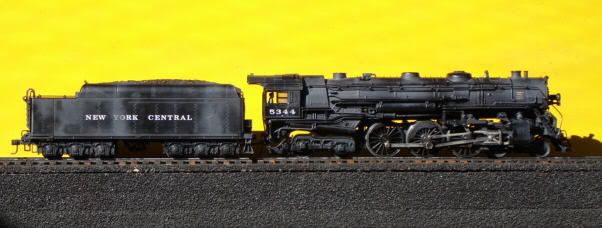Has anyone ever tried to run an MTH 3R steamer on their 2R track? The reason I ask is because this is the only thing keeping me from going full 2 rail O scale. While I am mostly running modern diesel power I know that someday I will want to get a nice scale steam loco (or 5 haha). I know that most 2Rail scale steamers require very broad curves and in my case the largest I can go is 36" radius. While my scale 2 rail mth diesels can tranverse this with no problem I realize the limitations that this puts on 2Rail steam locos. So I was wondering could I buy a 3R steam loco take off the pickup rollers switch it to 2R mode and run it on 2Rail track? All of their 3R locos can traverse O72(36"R) so I would assume that in theory it could work?
After thinking about it here are some of the downfalls to my plan:
-The 2R point frogs with the 3R wheels could be problematic
-I would have to run a heavy enough rail so that the big ugly flanges wouldnt touch the ties or spikes
-Right now I run MTH ScaleTrax and both my 3R and 2R stuff runs fine on it and great through turnouts
-What code is ScaleTrax? Is there a comprable 2R track system?
I am very excited about the possibility of 2R and it seems to be the future of O scale model RRing. The thing I wonder is why hasnt this been done before? Why cant we just keep 3R locos as they are and take out the middle pickup rollers? Why hasnt a 2R track system been developed that will allow the 3R stuff to operate on it? It makes perfect sense to me!
Any input would be much appreciated! I need someone to push me over the 3RS ledge into the 2R world!
As always thank you!!!
Will



